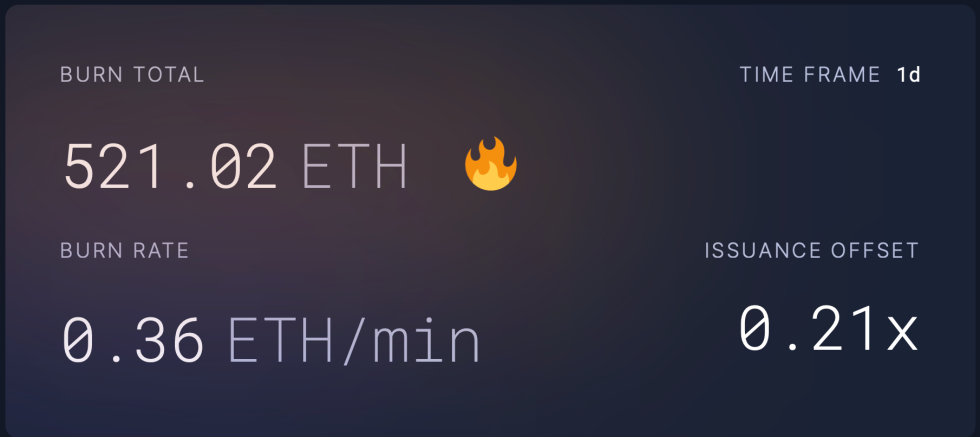Ethereum has experienced a significant decline in average gas fees, reaching a low of 6.8 Gwei, the lowest level seen since January 2020, according to data from YCharts.
This decrease in gas fees has made various on-chain operations such as asset swaps, cross-chain bridging, and NFT minting more affordable for users.

Upgrade Impact on Ethereum Fees
The drop in transaction fees has affected different activities on the Ethereum network. For instance, asset swaps now cost $7.32, bridging at $2.35, borrowing at $6.21, and NFT minting at around $12.37, as per Etherscan data.
The post-Dencun upgrade introduced blobs and optimized network usage, sparking interest among developers regarding potential gas price increases during high market activity.
This upgrade has separated Ethereum’s transaction fees from network activity, keeping fees low even in times of high usage, adjusting the deflationary mechanism from previous upgrades.
With the new fee structure, the pressure from ETH’s burning mechanism has lessened, hinting at a shift towards a more inflationary trend due to lower transaction fees resulting in less ETH being burned.
Impact on Ethereum Market Dynamics and Future Outlook
The current fee dynamics on Ethereum raise questions about whether the low base fee and yet-to-be-discovered blob fees will become the norm or if spikes to over 100 Gwei will return, driven by market demand.
Ultrasoundmoney’s data shows a notable decrease in ETH burn rate, indicating a reduced deflationary impact after the Dencun upgrade.

The market reaction to these changes varies, with ETH prices showing volatility and a recent decline of 16% over the past month, influenced by liquidity dynamics and a potential shift in investor interest towards Bitcoin over altcoins like Ethereum.
Analysis suggests that if the ETH/BTC pair falls below 0.04, Ethereum could drop to around $2,500, based on historical patterns.
Featured image from Unsplash, Chart from TradingView




